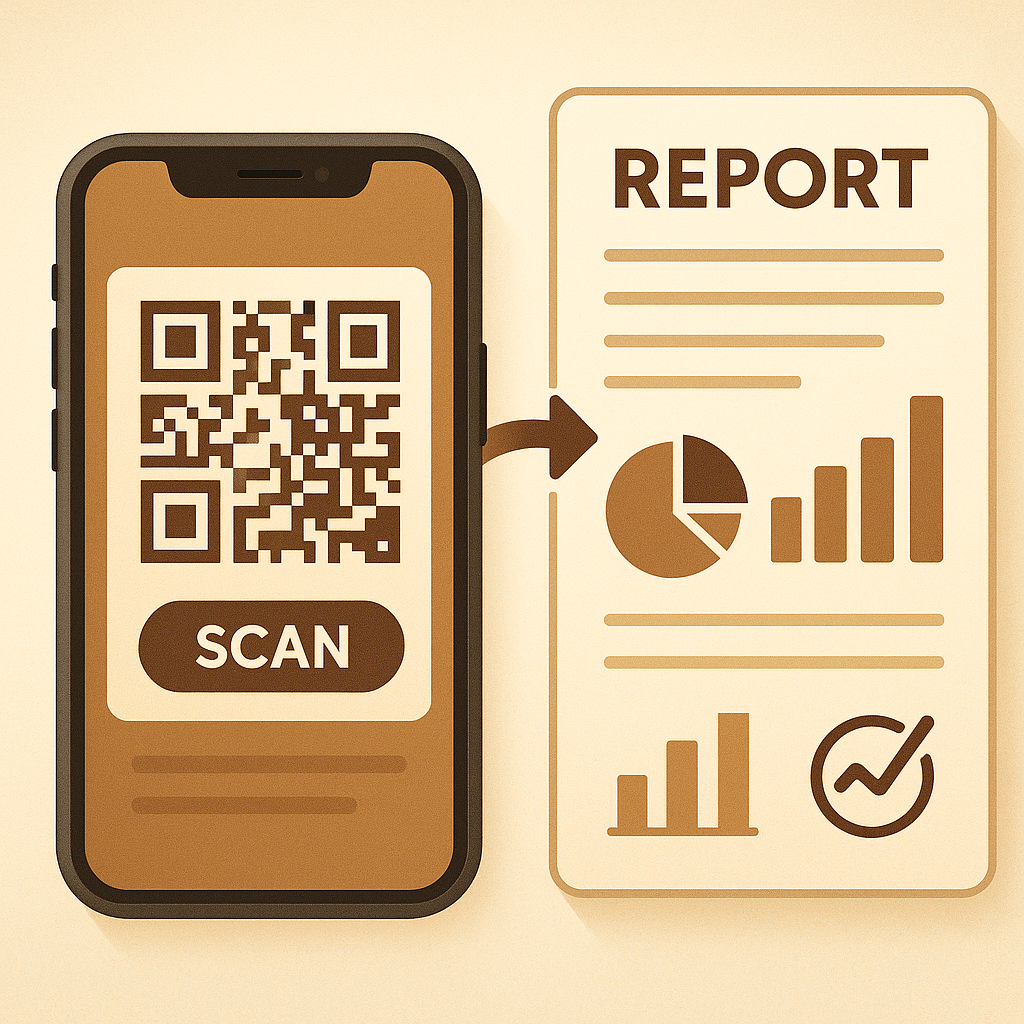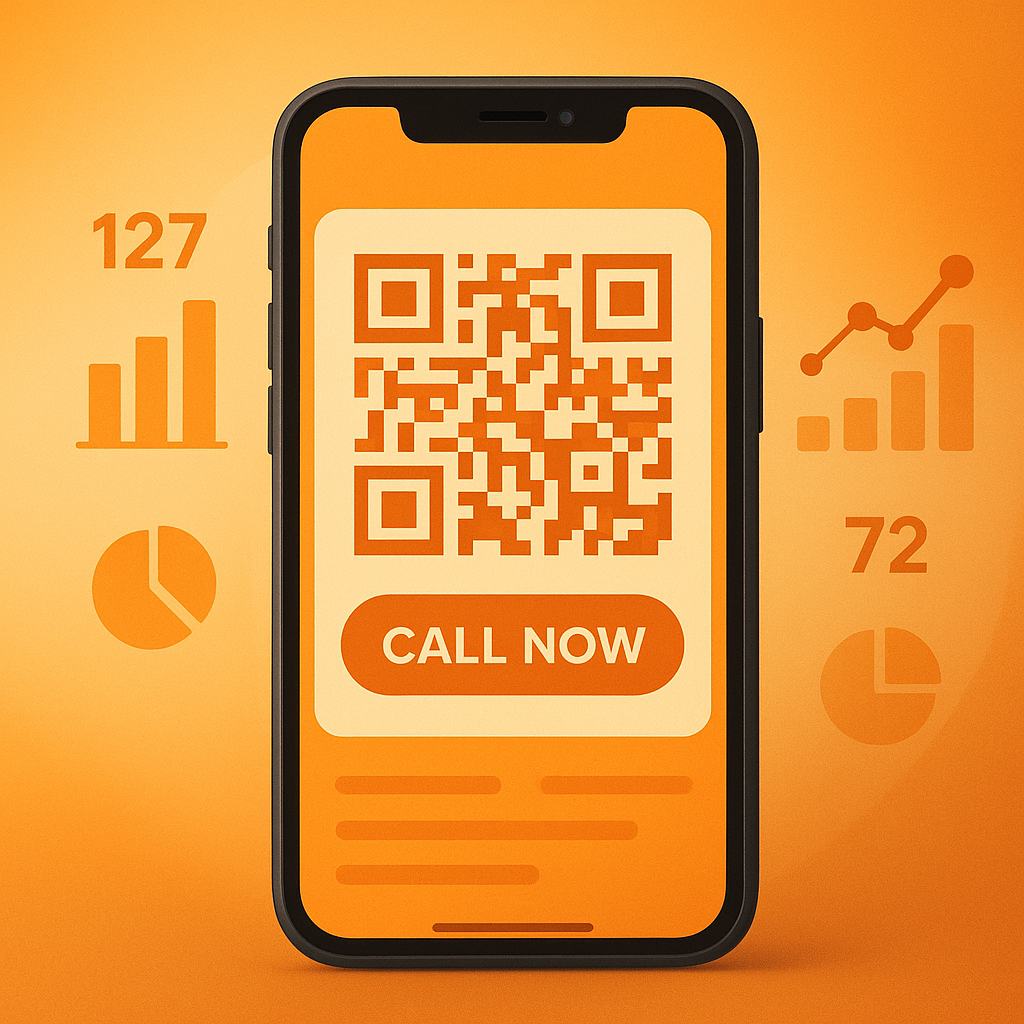
Why Your QR Codes Are Not Getting You Customers (And How To Fix It)
By Quentin Hnilica • 2025-10-27 • ~ min read
QR codes should be more than just "scan me"
A QR code is not the goal. The scan is not the goal. The goal is what happens after the scan. Most businesses print a QR code on a flyer, menu, truck wrap, or business card and call it done. Then they are surprised when they get no new calls or messages from it.
If you are sending people to a generic homepage or a social media profile that is full of distractions, the code did its job. The landing experience did not.
Fix 1. Send people to one clear action
After someone scans, they should see only one next step. Call now. Book an appointment. Get a coupon. Sign up. That is it. One action. When they land on a regular website with ten links in the header, three popups, and a blog post from last year, they bounce.
High converting QR codes point to focused pages with one clear button. No scrolling required. No hunting.
Fix 2. Match the promise to the landing page
If your QR code says "Get 10% Off Your First Cleaning" and the page after the scan does not show that offer in the first two seconds, you just broke trust.
The scan experience should feel like: "I scanned, I got exactly what I was told I would get, and I know what to do next."
That is how you turn a casual scan into an actual lead.
Fix 3. Make it fast on mobile
Ninety percent of QR scans are on phones. Longer load time means fewer people even reach your offer. If the page takes forever to load on weak mobile data, you are quietly losing conversions.
A scan experience should feel instant. Clean layout. Large tap targets. No pinch zoom. If they have to zoom, you are losing them.
Fix 4. Track the scans
You cannot improve what you do not measure. You should know:
- How many total scans did this code get
- How many unique people scanned it (not just repeat testers)
- Where they were when they scanned (region or city level)
- What time of day gets the most scans
This is how you answer real money questions, like: "Is this trade show banner actually worth it" or "Does the code on the truck get more scans than the code on my front door"
Fix 5. Change the destination without reprinting
Here is a huge detail most people miss. If every version of your QR code is hard linked to one URL forever, you are stuck. If the offer changes, you have to reprint the code everywhere. That is a waste of money.
You want the ability to update where the code points after it is already printed and out in the world. That way the physical code on your menu, yard sign, or postcard lives forever, and only the destination changes.
The simple test
Scan your own QR code right now. Ask yourself:
- Do I immediately understand what I am supposed to do
- Is there something in it for me, or is it just "visit our website"
- Could I take the action in under ten seconds with one thumb
If the answer to any of those is no, the code is not broken. The funnel is. Fix the funnel and you fix the conversion rate.

